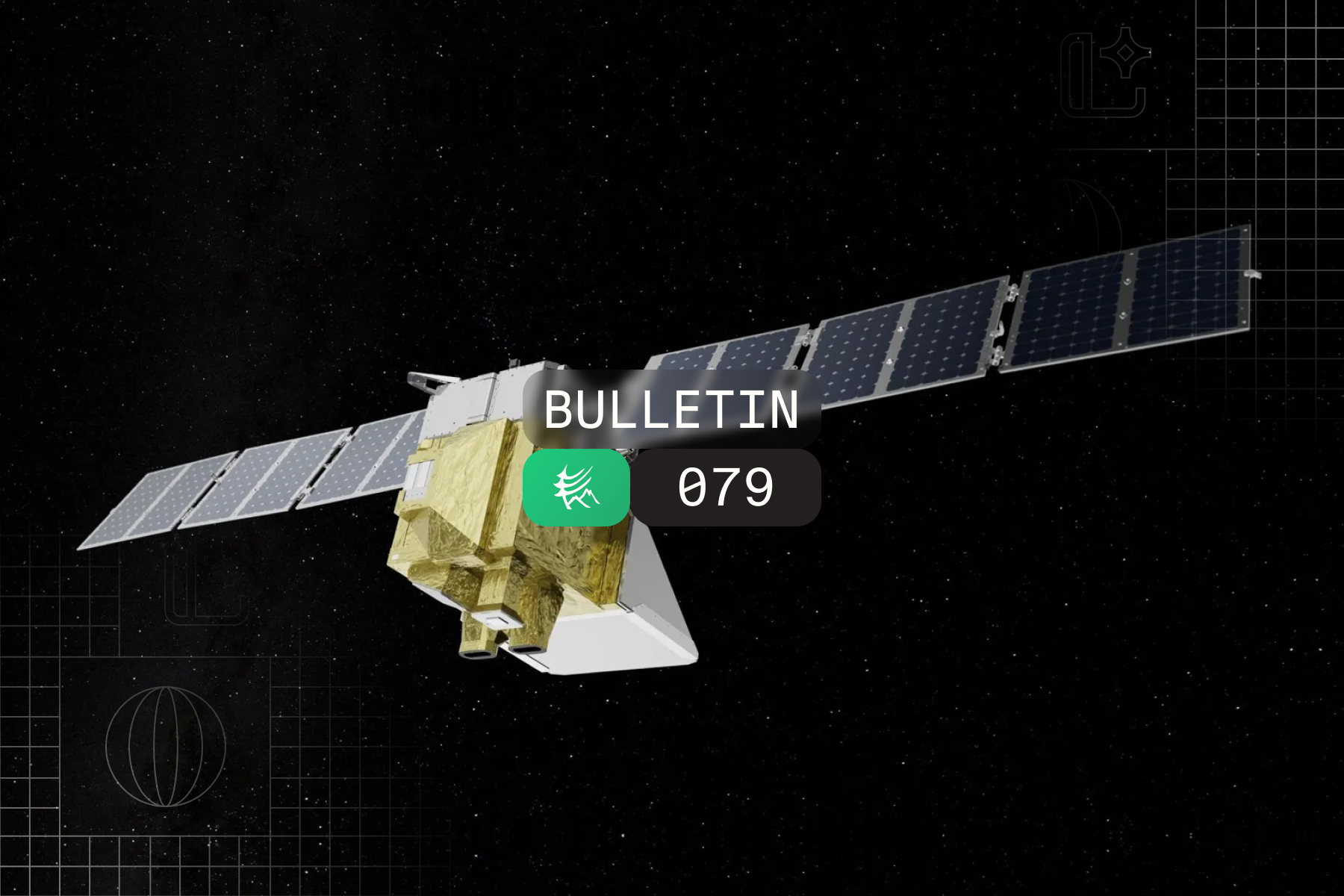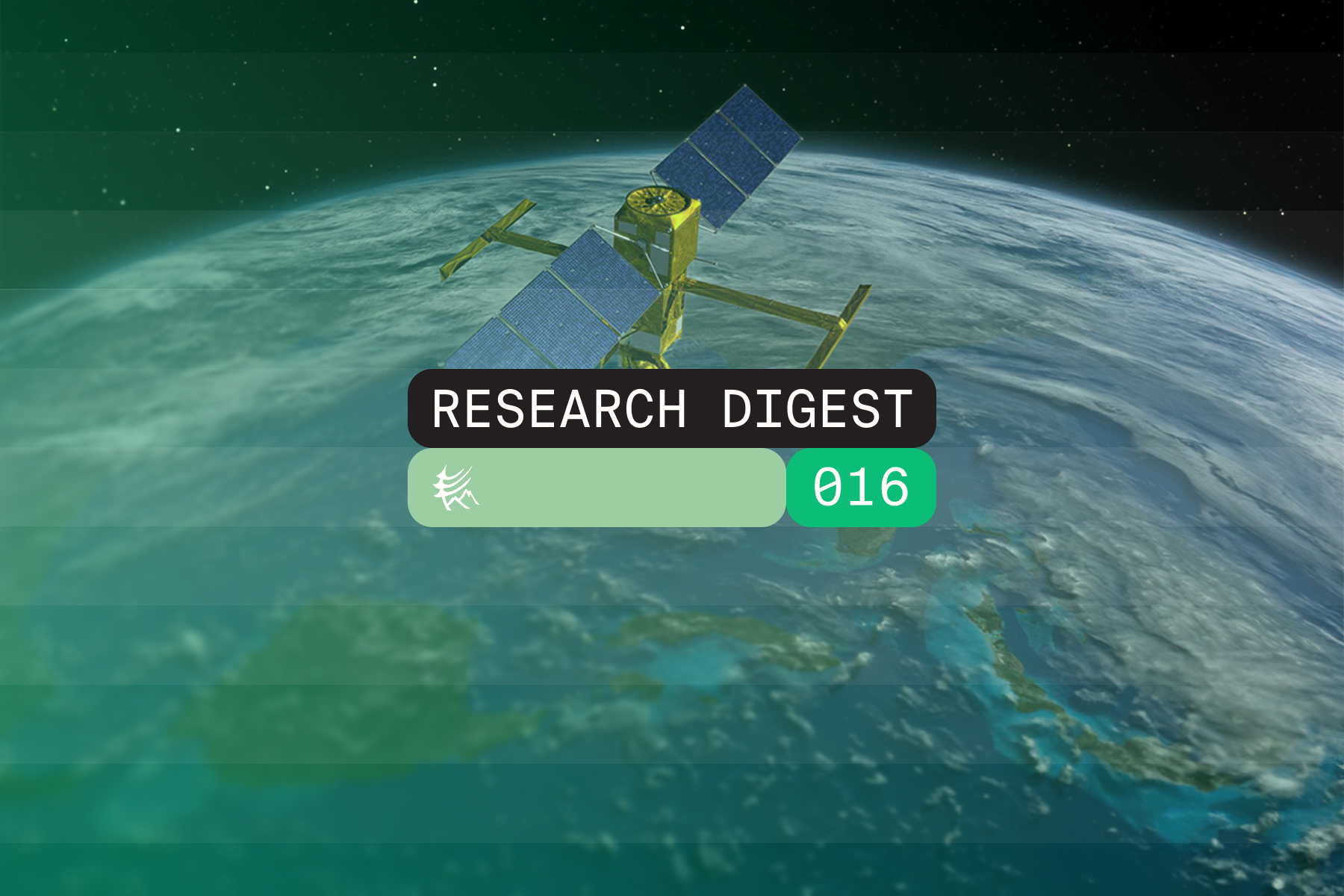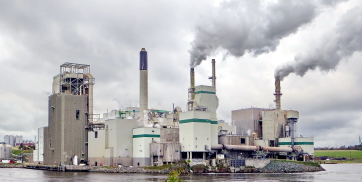This month in the Highwood Bulletin, I bring you methane drama from satellites to summit rooms, with fewer leaks and more acronyms than ever before. From Chevron’s sky-patrolling robots to Alberta’s multi-million-dollar tech bets, and from space-era snags to EU export headaches, it’s a big month for anyone trying to track, report, or just spell OGMP 2.0 correctly. We’ve got protocol updates, policy shifts, and just enough controlled releases to keep it interesting. Whether you’re leading an LDAR program or just trying to look smart in a meeting, I’ve got you covered. Let’s dive into what’s shaping the methane landscape.
EPA Launches Major Deregulatory Initiative Affecting Oil & Gas Sector
On March 12, the U.S. Environmental Protection Agency (EPA) announced a comprehensive deregulatory agenda. This initiative includes 31 actions aimed at rolling back regulations from previous administrations, with a focus on reducing compliance costs and promoting energy production. Key aspects relevant to the oil and gas industry involve the reconsideration of methane emission standards (NSPS OOOO b/c), the Greenhouse Gas Reporting Program, and wastewater regulations for oil and gas development. Read more here.
Highwood’s EIP Gains Momentum as OGMP 2.0 Gold Standard Reporting Nears
The Emissions Intelligence Platform (EIP), launched in January 2025, is rapidly becoming the go-to solution for oil and gas companies aiming to meet OGMP 2.0’s Gold Standard Level 5 reporting requirements. Co-developed with a steering committee of leading O&G firms, EIP streamlines the complex process of reconciling bottom-up inventories with site-level measurements. As the May 31 reporting deadline approaches, several companies are leveraging EIP for OGMP 2.0 reporting. Lean more about EIP here and read my blog on the EISC story here.
TotalEnergies Tightens Methane Goals, Boosts Transparency
TotalEnergies has strengthened its methane targets, committing to keep methane intensity below 0.1% and to extend leak detection across all operated assets. The company also plans to expand public reporting and align with global frameworks such as OGMP 2.0. These steps reinforce TotalEnergies’ leadership role in the energy transition and respond to growing scrutiny from regulators and investors on methane transparency. Read more here.
US LNG Exporters will Face EU Methane Compliance Hurdles
New European methane regulations could pose a threat to U.S. LNG exporters unless upstream producers comply with stringent EU requirements. Without independently verified data on performance, U.S. gas may lose favor with European buyers seeking low-methane fuels. This highlights the need for exporters to adopt rigorous measurement protocols, align with OGMP 2.0, and partner with upstream companies to certify methane performance. Read more in Reuters here.
CERAWeek Recording and Recap by Highwood CEO Jessica Shumlich
If you missed out on CERAWeek, do not despair – the recordings are now available. Highwood CEO Jessica Shumlich presented EIP, a new software solution for streamlining OGMP 2.0 reporting and measurement-informed inventories (MIIs). By automating emissions reconciliation and integrating detection data, the approach reduces analyst time and boosts reporting credibility. Listen here. In a recent blog post, Jessica also shared insights from CERAWeek. Key takeaways include the necessity for automated reconciliation process, the growing importance of methane transparency, and the shift from pilot projects to integrated systems. Read her takeaways here.
California Commits $95mn for Carbon Mapper Data
Planet Labs has been selected as a subcontractor for California’s $95 million Satellite Data Purchase Program (SDPP), led by the California Air Resources Board (CARB). Partnering with Carbon Mapper, Planet will provide hyperspectral data from its Tanager satellite constellation to monitor methane emissions across California and globally. This initiative aims to enhance methane detection capabilities, offering valuable insights for sectors like oil and gas, agriculture, and beyond. Read more here.
Report: US LNG Expansion Could Lower Global Emissions and Boost Economy
S&P Global’s Phase 2 study reveals that expanding U.S. LNG exports by 40 million tons per year could displace more carbon-intensive energy sources, reducing global greenhouse gas emissions by up to 780 million tonnes CO₂e between 2028 and 2040. Additionally, the study projects that such expansion would contribute $1.3 trillion to the U.S. GDP and support nearly half a million jobs annually through 2040. Get the report here.
Alberta Regulator Issues Updates to Methane Monitoring Requirements
The Alberta Energy Regulator released Bulletin 2025-15, outlining new methane monitoring and reporting expectations in Directive 060. It clarifies acceptable technologies, calibration requirements, and integration with federal methane standards. In particular, it outlines changes to the Alt-FEMP process, based on LDAR-Sim modeling work performed by Highwood, that enables streamlined deployment of alternative technologies. Learn more here.
Highwood’s Chelsea Goral Featured in The American Oil & Gas Reporter
In a recent feature in The American Oil & Gas Reporter, Highwood’s Chelsea Goral talks about Highwood’s work and industry’s shift towards empirical methane inventories. She also highlights Highwood’s development of tools and workflows to streamline emissions detection and reporting processes. Read the article here.
Alberta Invests $33.7M to Advance Methane-Reducing Technologies
The Government of Alberta is investing $33.7 million in methane emissions technologies through Emissions Reduction Alberta. The funding supports projects in detection, quantification, and abatement, ranging from AI-based imaging to flare optimization. Read about the initiaive here.
GTI Energy Launches Supply Chain Protocol for Veritas
GTI Energy has introduced the Veritas Supply Chain Intensity Protocol, offering a comprehensive approach to estimate total methane emissions intensity across an organization’s supply chain. Building upon the existing Methane Emissions Intensity Protocol, it provides flexibility to support accountability, data-driven decision-making, and industry-wide methane management efforts. Learn more and get it here.
Climate TRACE Rolls Out Monthly Global Methane Emissions Data
Climate TRACE has begun releasing monthly greenhouse gas emissions data, offering detailed insights into emissions from over 660 million individual sources across all major sectors and countries. For the oil and gas industry, this means access to timely, granular data that can enhance methane monitoring and reporting efforts. The initiative aims to improve transparency and support more informed decision-making in emissions reduction strategies. Check it out here.
Space-Based Methane Monitoring Varies by Geography, Study Finds
A new study from Ember reveals that satellite-based methane monitoring accuracy is heavily influenced by geography. Factors like cloud cover, terrain, and surface reflectivity can distort detection results. For operators relying on remote sensing for compliance or ESG reporting, understanding these limitations is critical to interpreting data accurately and avoiding misaligned disclosures or investment risk. Read it here.
Global Coalition Launches “Time for CH4nge” to Tackle Methane
The “Time for CH4nge” campaign brings together NGOs, academics, and businesses to push for faster action on methane. The initiative calls for scaling proven technologies, enforcing stronger policies, and aligning market incentives with emissions reductions. It highlights the urgency of near-term action and the role of oil and gas operators in delivering measurable progress this decade. Learn more here.
METEC 2.0 Introduces Standardized Controlled Test Protocols
Colorado State’s METEC site has launched METEC 2.0, introducing new controlled test protocols to evaluate methane detection and quantification technologies. These standardized procedures are designed to support fair comparisons between vendors, enable third-party certification, and strengthen industry confidence. The goal is to raise the bar for technology performance and reduce uncertainty in regulatory and voluntary methane reporting. Learn more here.
Report: ASEAN Report Maps Methane Risks and Readiness Across Region
The ASEAN Centre for Energy published a first-of-its-kind report on methane emissions in the region’s oil and gas sector. It highlights major sources, policy gaps, and opportunities for emissions reduction. The report provides a roadmap for ASEAN countries to align with international frameworks like OGMP 2.0 and advance methane strategies alongside their energy transition goals. Read it here.
Don’t miss our Research Digest
Highwood’s Research Digest highlights recent methane emissions research, focusing on advancements in measurement methods, quantification, and the identification of emission sources within the oil and gas sector. The 14th edition of our Research Digest was published on February 26, 2025 and is available for free here.
Highwood grows online methane courses
Five methane courses are now available online and on-demand (another coming soon). These include courses on reconciliation and measurement-informed inventories (New! By Jeff Rutherford), OGMP 2.0, methane technology, methane basics, voluntary initiatives, and more. Explore our courses here. Stay tuned for a new course on the EU methane regulation designed for international producers exporting to the EU.
Want to write for the Bulletin?
We’re looking for guest writers who would like to contribute a Feature Article to the Highwood Bulletin. Please reach out if you’d like to write an unbiased, apolitical, constructive post for our ~2500 subscribers and ~10,000 LinkedIn followers on an emissions management topic. Authors are fully credited and have a profile page on our website (we are happy to backlink).






